Deck & Commander Strategies

Niv-Mizzet, Guildpact
Focuses on dealing damage through combat and drawing cards, leveraging its ability to trigger effects whenever it deals damage to a player, enabling card advantage and direct damage spells.
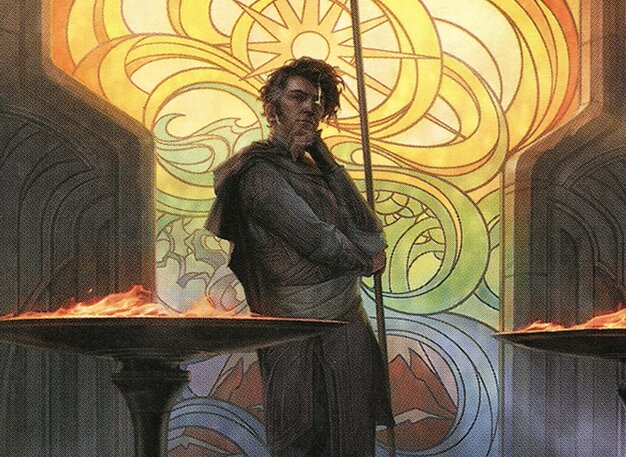
Garth One-Eye
Utilizes haste and resilience by returning creatures that die back to the battlefield, enabling continuous aggression and board presence.
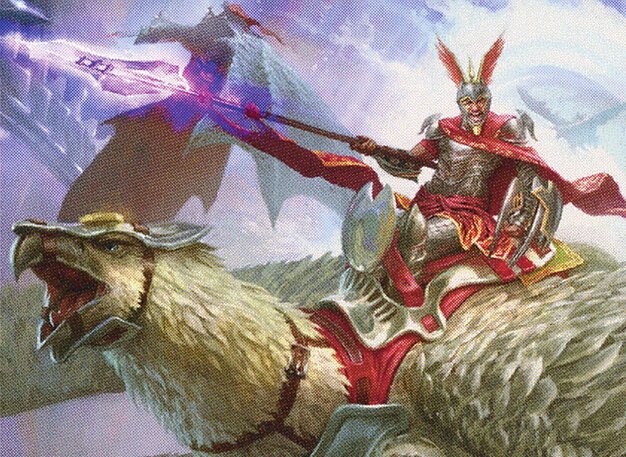
Sidar Jabari of Zhalfir
Leverages card draw to repeatedly recur creatures from the graveyard, maintaining a steady flow of threats and value creatures.

Yarus, Roar of the Old Gods
Focuses on flying combat damage to trigger damage, card draw, and life gain, with a deck built to minimize permanents to manipulate the commander’s damage output.
Gameplay Insights
- 1
Starting the game with Lay Line of Ant on the battlefield allowed players to cast cards unusually, accelerating gameplay and strategic options early on.
- 2
The interaction involving Gimly Kills created a tense situation due to its ability to cause opponents to lose the game upon certain triggers, forcing players to carefully time its deployment and removal.
- 3
Players often engaged in reading and interpreting the quirky card text, which influenced decision-making and created moments of humor and confusion.
- 4
The use of a card that destroyed a target permanent but allowed the controller to search for a card with a humorous or thematic name added a playful layer to removal and deck searching strategies.
- 5
Combat decisions were influenced by creatures with abilities like 'Inspire Terror' and unblockable traits, emphasizing board control through combat rather than combo wins.
Notable Cards
-
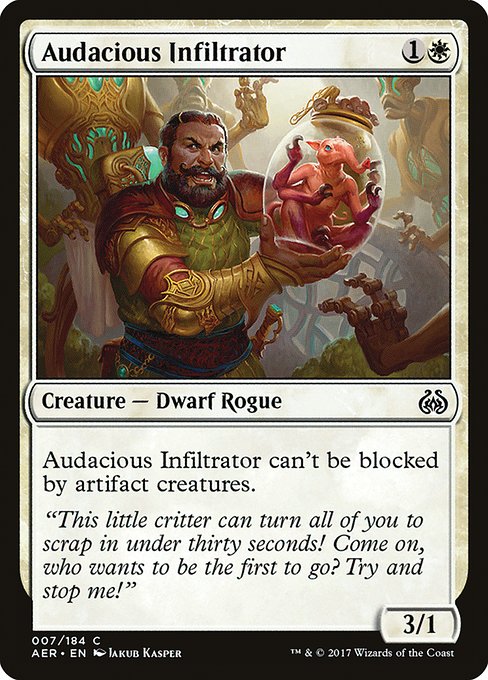
Audacious Infiltrator
-
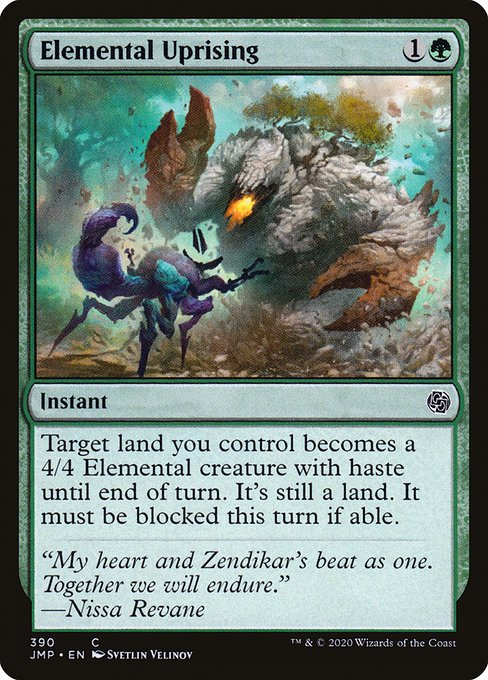
Elemental Uprising
Gameplay Summary
The game began with players utilizing uniquely customized cards featuring unusual and often humorous effects, creating a highly unpredictable and chaotic environment.
Early turns involved setting up basic lands and casting a variety of creatures and enchantments that had quirky abilities, such as granting creatures haste, drawing cards on dealing damage, or returning creatures from the graveyard.
The presence of a powerful enchantment that allowed players to cast cards from the battlefield without typical restrictions significantly influenced early game tempo and strategic options. Midgame saw players engaging in combat and using their creatures’ special abilities to pressure opponents, with interactions revolving around creatures that inspired fear or terror, and spells that manipulated graveyards or drew cards.
There was a notable moment involving a card named Gimly Kills, which triggered damage and game loss conditions on opponent deaths, causing tension and negotiation about its timing and impact.
Players also experimented with unique card interactions, such as destroying target permanents with triggers that searched for cards with thematic names, adding a layer of humor and unpredictability to the gameplay. Overall, the game was marked by a blend of unconventional card mechanics and playful banter, with strategies revolving around creature combat, card advantage through drawing and recursion, and exploiting odd card synergies.
The win condition appeared to lean towards outlasting opponents through attrition and tactical removal, rather than a traditional combo or burn finish, given the chaotic and varied nature of the deck builds.


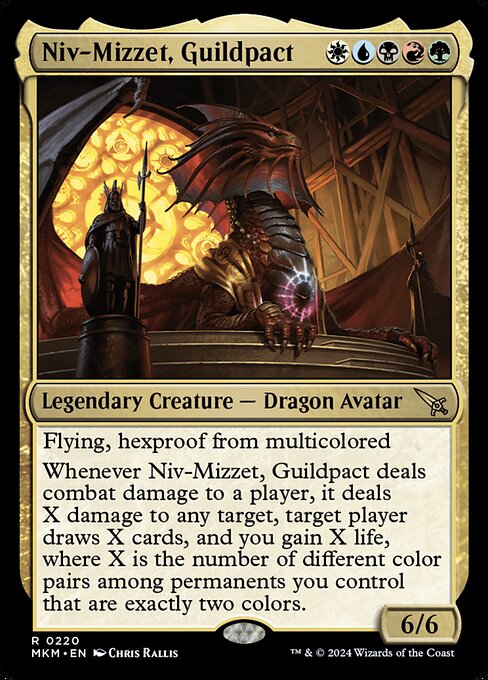


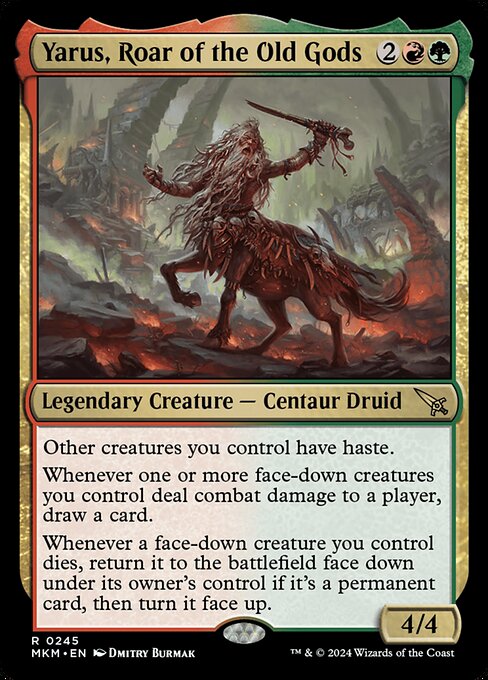












![Zockt uns Dennsen in Magic ab?! | Herumkommandiert #10 | EDH Commander Gameplay [Deutsch] thumbnail](https://i.ytimg.com/vi/skfLxrOTZgw/sddefault.jpg)





















